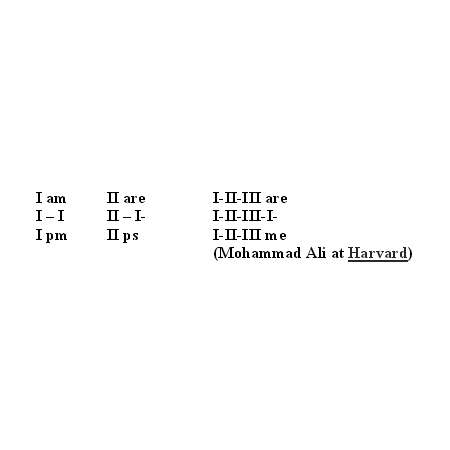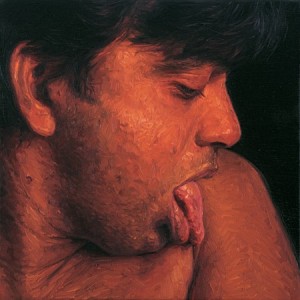Nils Röller: On Art, Sex and Mathematics II- Interest
Tao means at first “path“.
Reading about Tao, we learn that it is all about opposites and the energy that can create a balance between two poles, for example the energy that rises up from the earth and the energy that descends from the sky. From the study of opposites it is possible to infer something about the relationship between the sexes. Tao tells us that this relationship is dynamic rather than static: a taking in and letting out of the steam that arises when water is heated, by Qi. Tao also tells of the unity and diversity that emerge from one, two and three. A linear model derives from Tao the one, then from one the two, from two the three, and from the three all things.
Another model is binary. It derives from Tao a Yin and a Yang. One Yin gives rise to connections between Yin and Yang. And one Yang gives rise to connections between Yang and Yin. Of Yin and Yang it is said that one gives off energy and the other takes it in. The intake and expenditure of energy has to do with Tao. Yin and Yang are not simply male and female, but they can indeed change the discourse about what is male and female. The Qi that flows between them is invisible; it is not restricted to organs, blood vessels or body parts, but it does change attitudes toward bodies, biological gender and gender identity. Through Qi we can conceive of male and female as poles.
Polarity is one of Oken’s central concepts. He writes:
“Polarity can be seen as a single setting of +-: and when this setting is repeated, movement results, from setting many +- +- one after the other. The main poles thus repel one another, like what happens on a iron pole when it is magnetized.” (§ 80)
Similar here does not mean the same. Oken regards nature as the realization of ideas. The sum of all ideas is zero, nothingness, which is also what constitutes God: “In the ether everything is preformed, just as everything mathematical is preformed in zero, and everything that acts is preformed in God: but this is also why nothing individual is preformed therein; instead, it comes about only when the poles are fixed in substance. This is the true meaning of the original creation of the organic.” (§ 954)
(Translation by Jennifer Taylor)
To be continued
Literature
Chen (Joseph) Cheng-Yih: “Cultural Diversities: Complementarity in Opposites”. In: Zielinski, S. und Fürlus, E. (eds.): Variantology 3. Cologne: Walther König, 2008
Butler, Judith: Das Unbehagen der Geschlechter – Gender Studies [Routledge 1990]. Frankfurt: Suhrkamp, 1991
Jullien, François: Über das Fade – eine Eloge – Zu Denken und Ästhetik in China [Arles 1991]. Berlin: Merve, 1999
Needham, Joseph: Science and Civilisation in China Vol. IV (Physics and Physical Technology), Part 1 (Cambridge, 1962)
Oken, Lorenz: Lehrbuch der Naturphilosophie. Zürich: Schulthess, 1843
Röller, Nils: “Thinking with Instruments: The Example of Kant`s Compass”. In: Zielinski, S. und Fürlus, E. (eds.): Variantology 3. Cologne: Walther König, 2008


